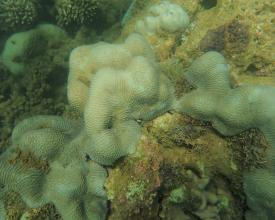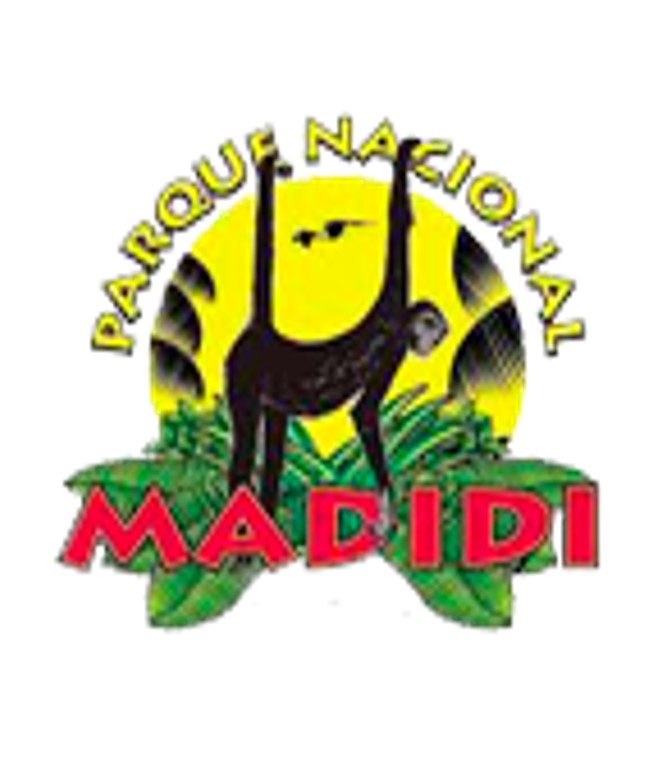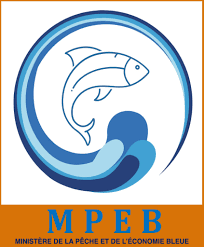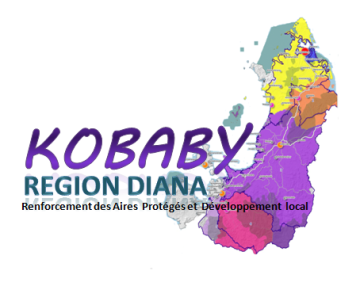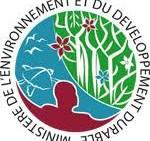
Adaptive management to strengthen coral reef resilience in the Ankarea Marine Protected Area
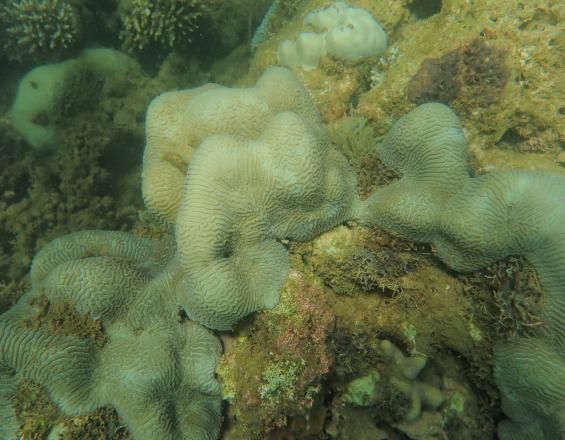
The category V Ankarea Marine Protected Area (MPA), co-managed by the Wildlife Conservation Society and the Ankarea Association, is characterized by the richness and quality of its coral reefs. Of the 36 coral genera inventoried here, Plerogyra and Tubastrea are insensitive and resilient to bleaching. This resilience is undermined by non-compliance with MPA management rules, lack of community involvement in co-management and dependence on destructive fishing practices. The co-managers are therefore promoting adaptive management with a holistic approach through the restructuring of the MPA General Assembly, the conduct of community and joint patrols using SMART technology, the promotion of sustainable fishing: gear selection, zoning; the promotion of income-generating activities and the feedback of results from ecological, socio-economic, patrol and catch monitoring for the purpose of adjusting management measures.
Impacts
Thanks to this approach, the commitment of the community surveillance committees (CCS), the fisheries surveillance center (CSP) and the Dina application committee (KMD) or social convention, has made it possible to reduce infringements in the hard cores: 3 cases from 2019 to 2021, 0 cases in 2022; to write off the use of poisons by artisanal fishermen in 2022: 13 cases in 2021. Community involvement in MPA management is strengthened: 120% increase in Ankarea General Assembly (GA) members from 2016 to 2022, 75% increase in fishing catch monitoring agents, recent involvement of 8 sea turtle and seagrass monitoring agents. The KMD set up in 2020 is functional with 13 members in 2023. Communities have adopted sustainable fishing techniques: use of artisanal and emerging Fish Aggregating Devices (FADs), use of longlines targeting pelagic species outside the reef. In addition, better coral recovery after bleaching events has been observed, demonstrating the resilience of the reefs in the MPA: the recovery rate was 99% (76.46% bleached corals in April 2016, 0.19% in November 2016) during the ElNino event in 2016; no mortality was observed during the alert in 2022 and the bleaching rate was 4% in April 2022.
